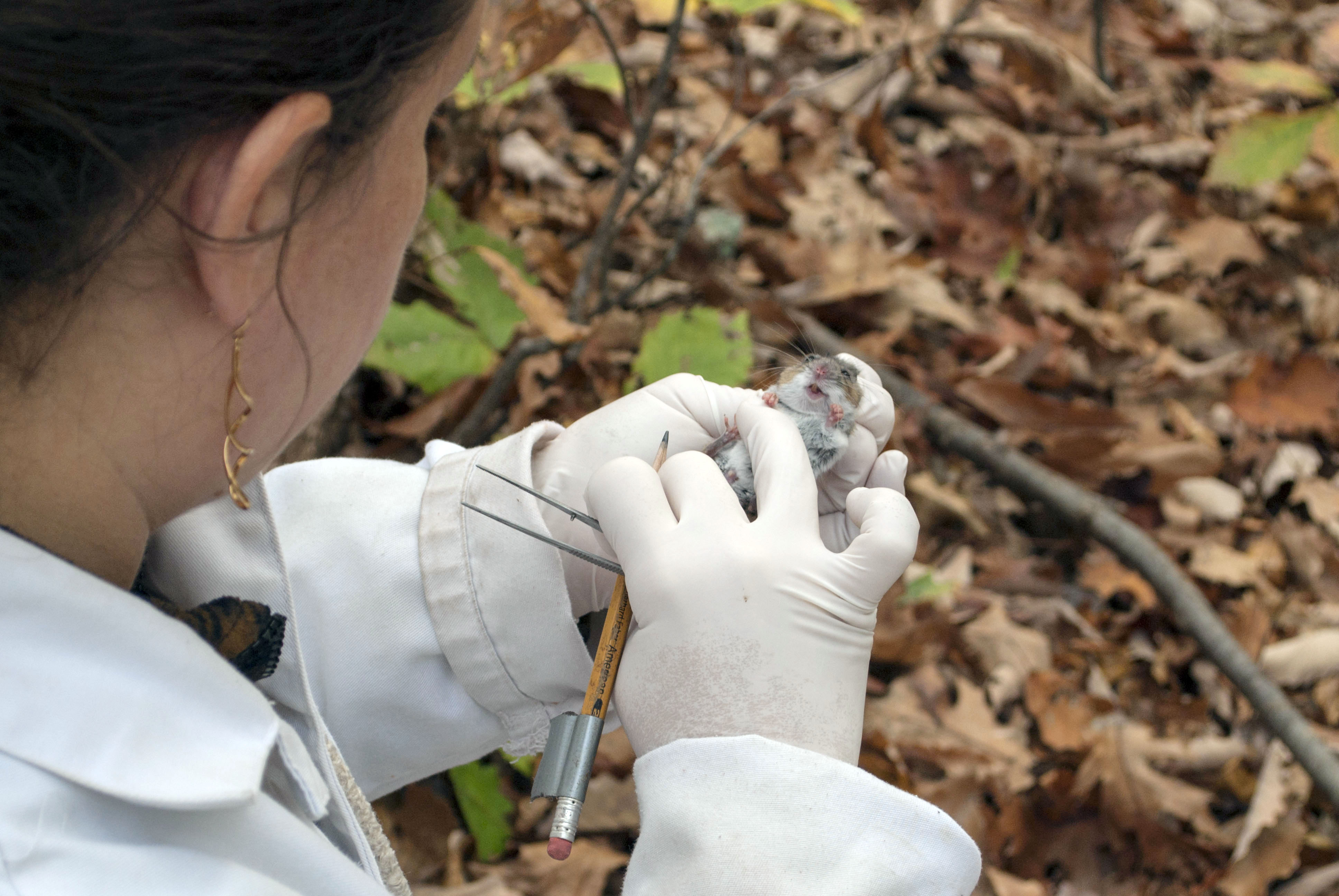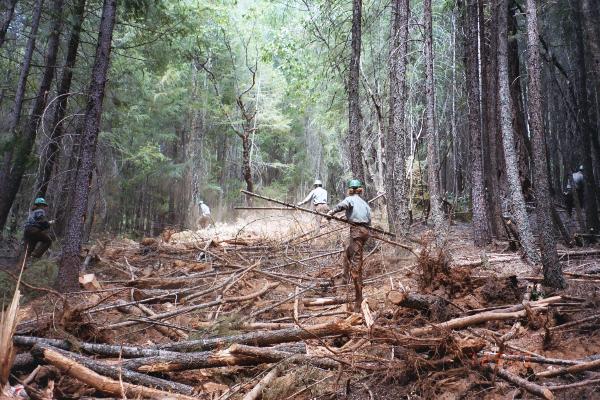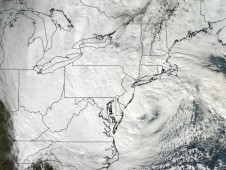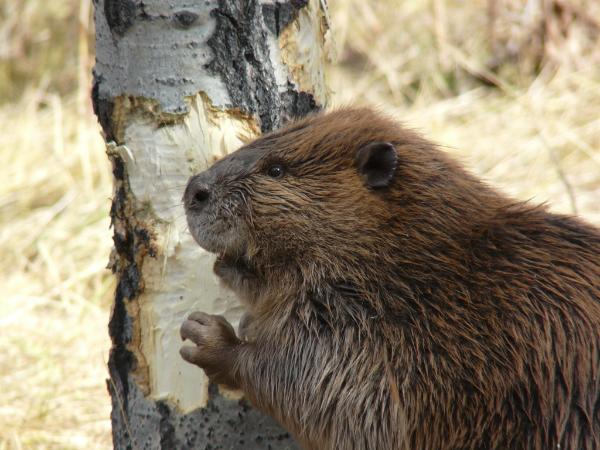 The ticks that carry Lyme disease, black-legged ticks or deer ticks, do not appear to harm their white-footed mice hosts, a paper in press in the journal Ecology says. In fact, the research found, a larger tick load correlated with a longer life in male mice.
The ticks that carry Lyme disease, black-legged ticks or deer ticks, do not appear to harm their white-footed mice hosts, a paper in press in the journal Ecology says. In fact, the research found, a larger tick load correlated with a longer life in male mice.
The mice are a reservoir for Lyme disease, a report on the study in Entomology Today notes. “Deer and other mammals can spread tick populations, [but] they do not carry the disease,” the report says. “Instead, ticks mainly pick up Lyme pathogens from white-footed mice.”
In a press release from the Cary Institute, paper co-author Shannon LaDeau, a disease ecologist at the Cary Institute, says, “From a human health perspective, the indifference that white-footed mice have to black-legged ticks…. signals a positive feedback loop that favors the proliferation of parasites.”
Lots of details in the Cary Institute press release, here.
And in the Entomology Today article, here.
Photo: The study drew on 16 years of white-footed mouse mark-and-recapture data collected at the Cary Institute of Ecosystem Studies in Millbrook, N.Y. Photo credit: Cary Institute of Ecosystem Studies/Sam Cillo.

 A study out of British Columbia, published in the
A study out of British Columbia, published in the 

